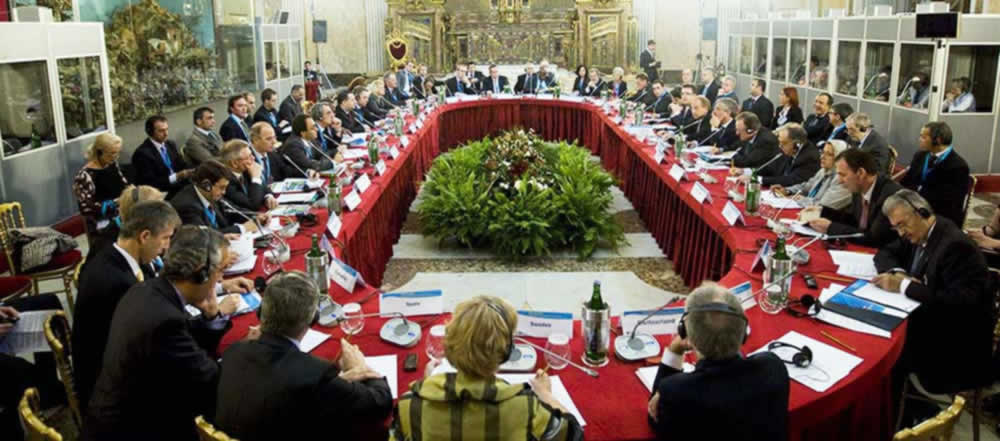|
One of the interpreters acts as the “key language” source. The interpreters can take turns providing the key language if they wish. If Interpreter 1 is going to provide the relay signal, he or she selects the KEY mode while interpreter 2 selects the RELAY mode.
Now Interpreter 1 will hear the floor signal (language 1) and their microphone will be connected to the KEY OUT jack, which feeds the RELAY IN jack of the second interpreter’s console and also Transmitter TX3 through the mixer and distribution amplifiers. If J1 is closed on Interpreter 1’s console, the floor signal will feed-thru the NORM OUT connection to the Transmitter TX2.
With Interpreter 2 in the RELAY mode, they will be listening to Interpreter 1 via the RELAY IN connection. their microphone will be connected to the NORM OUT jack to Transmitter TX3. J2 should be open on the Interpreter 2’s console. J1 may be closed. If Interpreter 2 is going to provide the Relay signal, he or she selects the KEY mode on their console and interpreter 1 selects the RELAY mode on their console. | 
